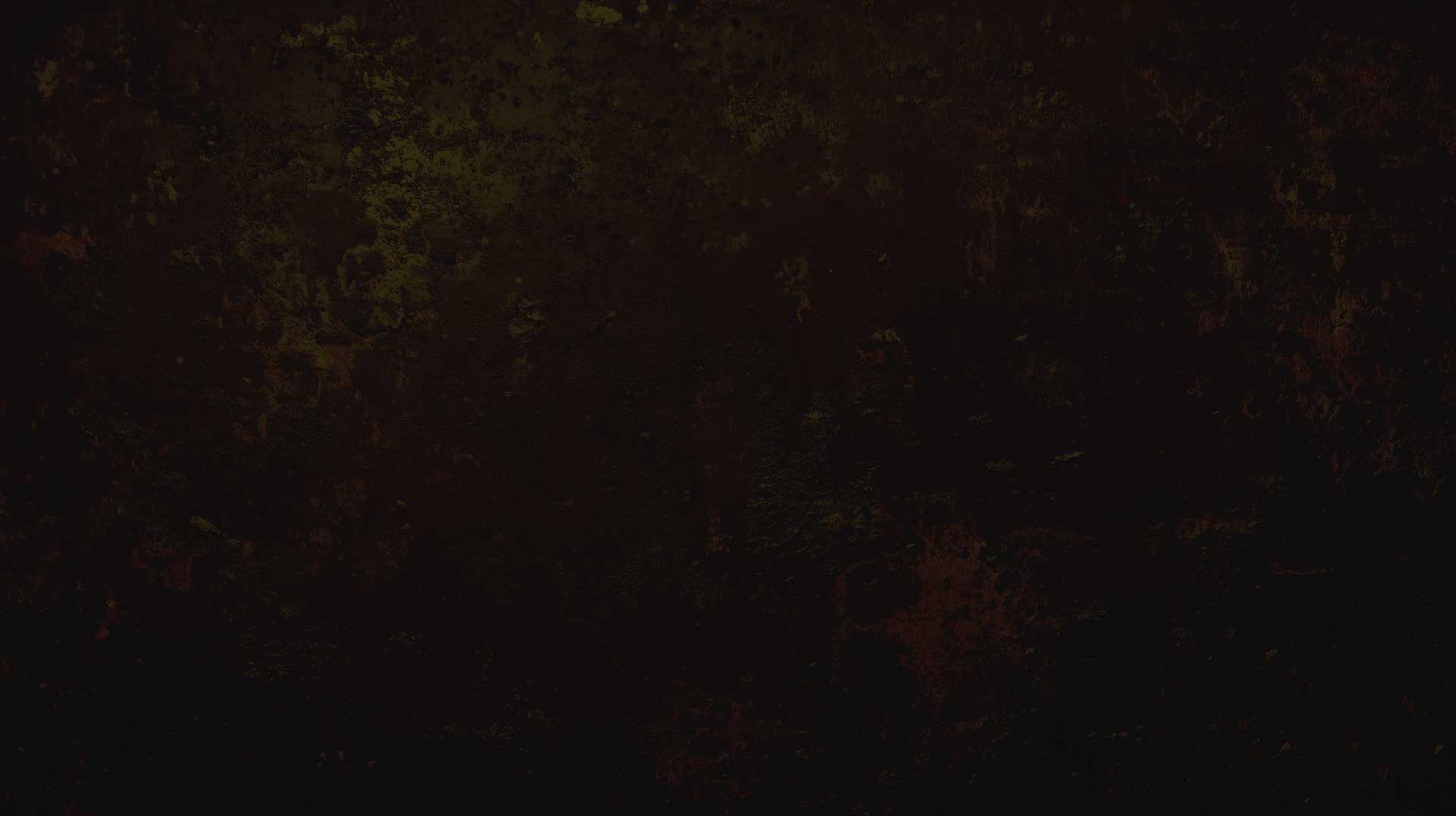A Clue or Clueless?
You find yourself in a new environment with little to no semblance of what to do. You see a few different locks, each...
Cross Roads Escape Games
Real Life Adventure Games in Anaheim
You find yourself in a new environment with little to no semblance of what to do. You see a few different locks, each...
Cross Roads opened in January of 2016 with The Hex Room. Since then, creators Luke and Madison have designed and built 3 more...
As we continue down this road of life, it becomes ever more crucial to care for our bodies and minds so that everything...
Jackson Chavarria is a manager at Cross Roads Escape Games, has a Bachelor’s degree in Psychology, and is working on his Master’s degree....
Jackson Chavarria is a manager at Cross Roads Escape Games, has a Bachelor’s degree in Psychology, and is working on his Master’s degree....
Save $8 per ticket! Available only at Midsummer Scream 2022 Come by our booth at Midsummer Scream 2022 to purchase tickets for only...
Many years ago, when Cross Roads Escape Games was young, we had a practice puzzle in our lobby that allowed guests to get...
Escape Rooms created by game enthusiasts for game enthusiasts. Owners Luke and Madison Rhoades come from a theatre and haunt background and found...
For me, there are three things that make or break an escape room: Is it immersive, does it make sense, and is it...
I can’t believe Cross Roads has been open for 3 years already. We love brining our crazy ideas to life and it is...

4245 E La Palma Ave
Anaheim, CA 92807
United States
Directions
M. Info@CrossRoadsEscapeGames.com
T. (714) 572-1004